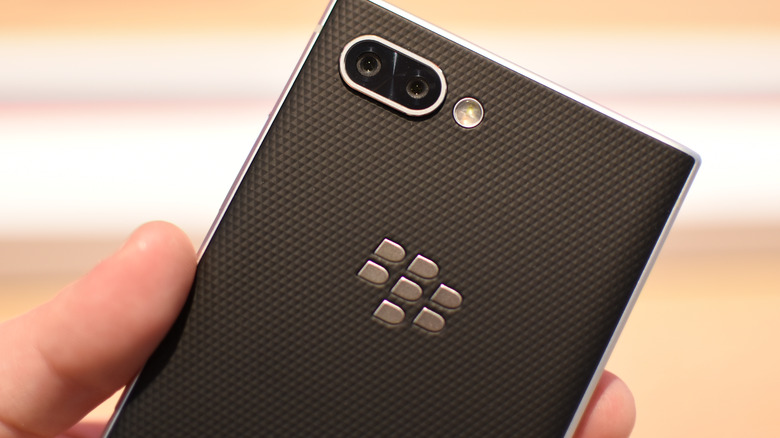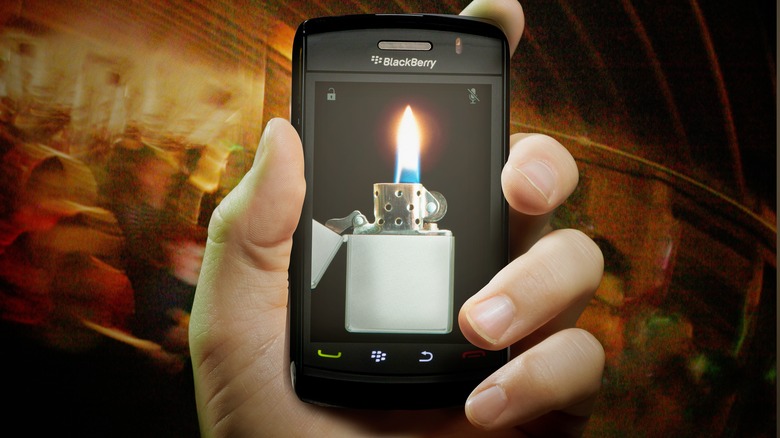Why This BlackBerry Was One Of The Biggest Flops In Smartphone History
Once dubbed a potential iPhone killer, there were high hopes for the BlackBerry Storm when it emerged on the scene back in 2008. After all, the Storm was designed by Research in Motion (RIM), the company responsible for developing the BlackBerry brand, which had a proven track record of successful innovation and had produced some of the best-selling and most memorable smartphones in history up to that point.
And it had the backing of two of the biggest names in the industry — Verizon in the U.S. and Vodafone in Europe. However, past success is no guarantee of future results. Something BlackBerry and its loyal customers would have to learn the hard way.
A series of issues, including a sluggish and unresponsive touchscreen, hardware problems, and software bugs and glitches, plagued the phone, leading to a wave of criticism. The company went into damage control mode, releasing firmware updates in an attempt to address the problems.
But it wasn't enough, and by 2009, just a year after its release, the once-promising Storm was almost universally considered a failure.
The downfall: Unresolved issues and unmet expectations
How could a device released with such high expectations fail in such an epic way? In its zeal to produce a smartphone that could compete with the iPhone, BlackBerry rushed the product, releasing a device that wasn't quite ready for prime time.
There was a lot to like about the Storm, such as its SurePress screen, designed to mimic the tactile feedback of traditional phones, and its large, high-resolution display. On paper, it did really look like it could give the iPhone a run for its money.
In practice, the Storm just didn't perform as expected. According to The Wall Street Journal, many of RIM's engineers knew the device had serious problems when it began shipping in November 2008. It didn't take long for the handheld's users to notice its serious flaws. The Storm's clickable touchscreen was difficult to type on, and its OS wasn't optimized for touchscreens, all of which left owners frustrated.
That's not all; unlike on the iPhone, few third-party apps supported the Storm, resulting in a limited smartphone experience for users. Facing competition from iPhone 3G and the first Android phone, there was little BlackBerry could do to save the faltering Storm.
The aftermath: From potential iPhone killer to universal failure
Saying the BlackBerry Storm did not live up to its hype would probably be an understatement. In the end, the phone that was supposed to dethrone the iPhone would go down in history as one of the worst smartphones that ever made it to market.
Despite the various efforts to fix it, including updates that were supposed to improve the user experience, nothing was enough to overcome the device's fundamental flaws and damage to its reputation. Recalling the failure in an interview with the Globe and Mail, the former CEO of BlackBerry said, "With Storm, we tried to do too much." And that sums up nicely what went wrong with the BlackBerry Storm.
What started off as an ambitious project designed to create a groundbreaking product ended in an underperforming and overly complicated device that was quickly forgotten.


